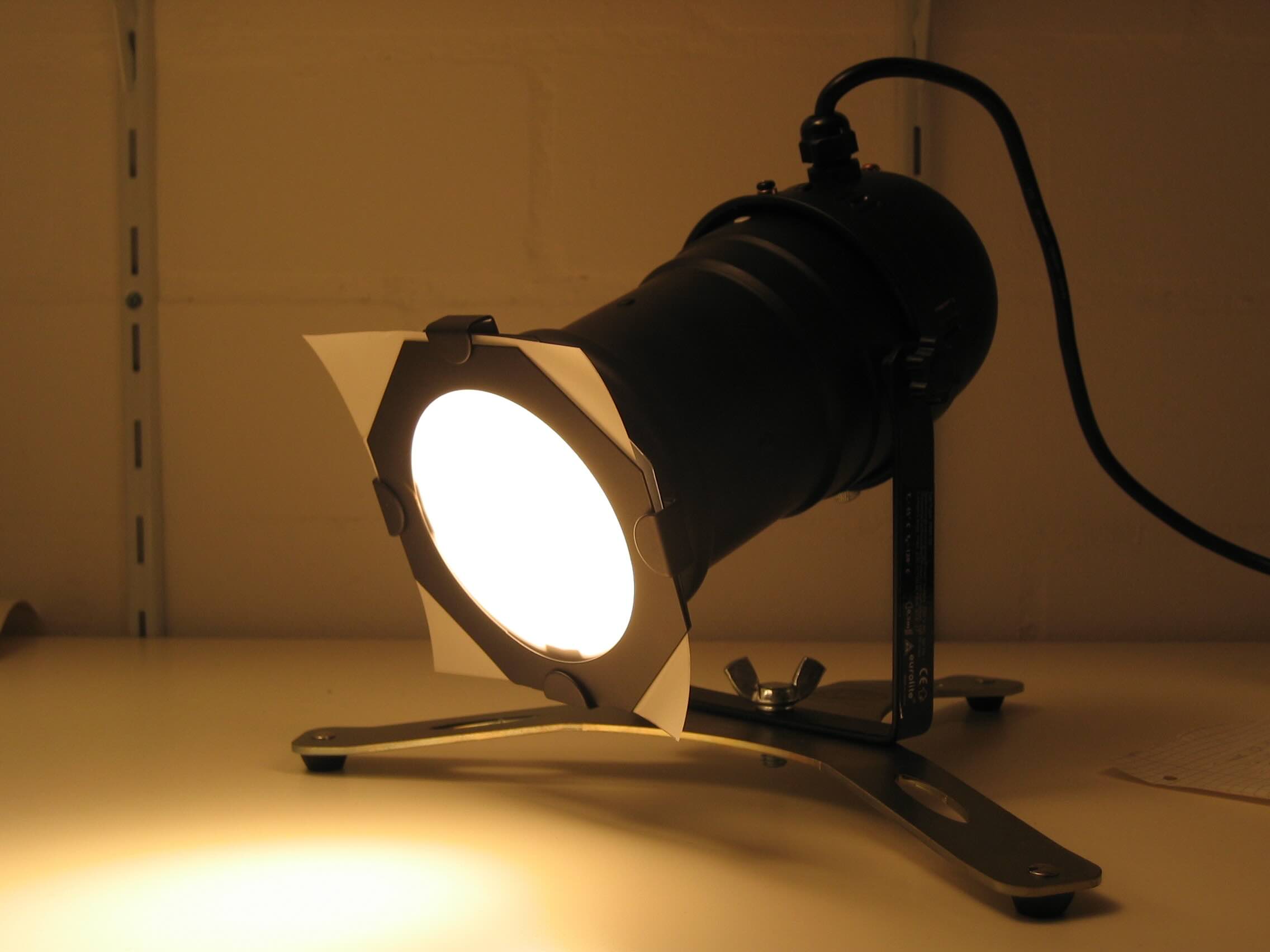

Furniture
What Is A PAR Lamp
Modified: January 19, 2024
Discover the benefits of using PAR lamps for your furniture. Learn what PAR lamps are and how they can enhance the appearance and functionality of your furniture pieces.
(Many of the links in this article redirect to a specific reviewed product. Your purchase of these products through affiliate links helps to generate commission for Storables.com, at no extra cost. Learn more)
Introduction
Welcome to the world of PAR lamps! If you’ve ever found yourself marveling at the beauty of a well-lit stage or admiring the ambiance of a cozy restaurant, chances are you’ve encountered PAR lamps without even realizing it. PAR lamps, short for Parabolic Aluminized Reflector lamps, are a type of lighting fixture that provides focused, high-intensity light. In this article, we will dive into the world of PAR lamps, exploring their definition, characteristics, applications, advantages, disadvantages, and the different types available. So, let’s shed some light on the fascinating world of PAR lamps!
A PAR lamp is designed with a parabolic-shaped reflector and a filament or light-emitting diode (LED) source positioned at the focal point. The reflector and the lens work together to control and direct the light output, resulting in a more focused and powerful beam. This design is what sets PAR lamps apart from other lighting options, making them popular in both residential and commercial settings.
One of the key characteristics of PAR lamps is their ability to produce a concentrated, directional beam of light. This makes them ideal for highlighting specific areas or objects, creating dramatic lighting effects, and adding depth and dimension to any space. Whether you’re illuminating artwork, stage performances, retail displays, or accentuating architectural details, PAR lamps offer versatility and precision.
The applications of PAR lamps are extensive. In the entertainment industry, PAR lamps are commonly used in theaters, concert venues, and film sets to illuminate stages, performers, and scenes. The ability to adjust the beam angle and control the intensity of the light makes PAR lamps a staple in stage lighting setups.
In architectural and commercial settings, PAR lamps find their place in spotlighting architectural features, accentuating sculptures, and creating visually appealing environments. Their versatility allows designers and architects to play with shadows, highlights, and color, showcasing their creativity and enhancing the overall aesthetics of a space.
PAR lamps also have their place in the residential sector. They can be utilized in kitchens, living rooms, and dining areas to create warm and inviting atmospheres. Additionally, outdoor PAR lamps can be installed in gardens, driveways, or pathways, offering both security and ambiance.
Key Takeaways:
- PAR lamps offer precise, focused, and intense lighting, making them ideal for accentuating specific objects or areas in residential, commercial, and entertainment settings. Their versatility and controllability enhance visual aesthetics and create captivating lighting designs.
- While PAR lamps provide high-intensity illumination, versatile applications, and various types to suit different needs, it’s important to consider factors such as beam angle, energy efficiency, and maintenance costs when choosing the right PAR lamp for your lighting project.
Read more: What Is A PAR Light Bulb
Definition of a PAR Lamp
A PAR lamp, also known as a Parabolic Aluminized Reflector lamp, is a type of lighting fixture that produces a highly focused and intense beam of light. It consists of a parabolic-shaped reflector and a filament or LED source positioned at the focal point. The reflector’s curves and the lens work together to control the light output, allowing for efficient and precise lighting control.
PAR lamps are available in various sizes and wattages, making them suitable for different lighting needs. The most common PAR lamp sizes are PAR20, PAR30, and PAR38, with the number indicating the diameter of the lamp in eighths of an inch (e.g., PAR20 has a diameter of 2.5 inches). They can also be categorized based on the type of base they have, such as screw-in or twist-lock bases.
One of the key features of PAR lamps is their ability to produce focused and directional lighting. Unlike traditional incandescent bulbs that emit light in all directions, PAR lamps concentrate the light in a specific beam angle, ranging from narrow spotlights to wider floodlights. This makes PAR lamps ideal for accent lighting, highlighting specific areas, or creating dramatic lighting effects.
PAR lamps are known for their high lumen output and excellent color rendering. Lumen output refers to the amount of visible light emitted by the lamp, while color rendering refers to how accurately the lamp reproduces colors. PAR lamps produce a bright and vibrant light that enhances visibility and brings out the true colors of objects and surfaces.
In terms of technology, PAR lamps are available in both incandescent and LED versions. Incandescent PAR lamps use a filament that heats up and emits light when an electric current passes through it. LED PAR lamps, on the other hand, use light-emitting diodes as the light source. LED PAR lamps offer several advantages over incandescent PAR lamps, including energy efficiency, longer lifespan, and better durability.
Overall, PAR lamps are a versatile lighting option that can be used in a wide range of applications. From stage lighting in theaters to accent lighting in homes and commercial spaces, PAR lamps provide focused and powerful illumination that adds depth, drama, and functionality to any lighting design.
Characteristics and Features of PAR Lamps
PAR lamps possess several unique characteristics and features that make them a popular choice for various lighting applications. Here are some of the key characteristics and features to consider:
- Focused and Directional Lighting: One of the main characteristics of PAR lamps is their ability to produce a focused and directional beam of light. The parabolic reflector and lens design allow for precise control of the light output, enabling you to direct the light exactly where you need it. This makes PAR lamps ideal for spotlighting specific objects or areas.
- Beam Angle Options: PAR lamps are available in different beam angles, ranging from narrow spotlights to wide floodlights. This allows for flexibility in lighting design, as you can choose the appropriate beam angle based on the desired lighting effect and coverage area. Narrow beam angles are suitable for highlighting small objects, while wider beam angles are ideal for illuminating larger spaces.
- High Lumen Output: PAR lamps are known for their high lumen output, which refers to the amount of visible light produced by the lamp. This makes them suitable for applications that require bright and powerful illumination. Whether you’re lighting up a stage, a retail display, or a backyard, PAR lamps can deliver the necessary brightness to create the desired impact.
- Excellent Color Rendering: PAR lamps have excellent color rendering capabilities, meaning they can accurately reproduce colors. This is particularly important in settings where true color representation is crucial, such as art galleries, showrooms, or retail spaces. PAR lamps allow objects and surfaces to appear vibrant and true to their original colors, enhancing visual aesthetics.
- Variety of Sizes and Wattages: PAR lamps are available in various sizes and wattages to suit different lighting requirements. Whether you need a compact PAR20 lamp for a small space or a larger PAR38 lamp for a more extensive area, there are options available to meet your specific needs. Different wattages also allow for control over the intensity of the light emitted.
- Durability and Longevity: PAR lamps are designed to be durable and long-lasting. With quality materials and construction, they can withstand regular use and environmental conditions. LED PAR lamps, in particular, have a significantly longer lifespan compared to incandescent PAR lamps, making them a more cost-effective and sustainable lighting choice.
These characteristics and features make PAR lamps a versatile and practical lighting option for a wide range of applications. Whether you’re illuminating a stage, highlighting architectural features, or creating atmospheric lighting in a residential space, PAR lamps offer the versatility, control, and performance needed to achieve the desired lighting effect.
Applications of PAR Lamps
The versatility and unique characteristics of PAR lamps make them suitable for a wide range of applications. Here are some of the common uses of PAR lamps:
- Stage and Event Lighting: PAR lamps are widely utilized in the entertainment industry for stage lighting. They are commonly used to illuminate performers, sets, and stages. The focused and directional beam of PAR lamps allows for precise control over the illumination, creating dramatic lighting effects and enhancing the overall ambiance of theatrical performances, concerts, and other events.
- Architectural Lighting: PAR lamps are favored by architects and designers for their ability to highlight architectural features and accentuate the beauty of buildings. They can be used to illuminate facades, sculptures, and other architectural elements. PAR lamps with adjustable beam angles provide flexibility in casting light on specific areas or creating even washes of light.
- Retail and Visual Merchandising: PAR lamps play a vital role in retail lighting and visual merchandising. They are employed to highlight products, create focal points, and set the desired ambiance in retail spaces. By meticulously selecting the beam angle and color temperature of PAR lamps, retailers can draw attention to specific areas or showcase their merchandise in the most flattering light.
- Art Galleries and Museums: PAR lamps are extensively used in art galleries and museums to illuminate artworks and exhibits. The ability to accurately render colors and control the direction of light makes PAR lamps an ideal choice for showcasing the intricate details and vibrant hues of paintings, sculptures, and other art forms.
- Landscape and Outdoor Lighting: PAR lamps find their place in outdoor lighting applications as well. They can be utilized to illuminate gardens, pathways, facades, and other outdoor spaces. With weather-resistant housing and various beam angles to choose from, PAR lamps can enhance the aesthetics and safety of outdoor areas, providing both beauty and functionality.
- Residential Lighting: PAR lamps are commonly used in residential settings for accent lighting and task lighting. They can be installed in kitchens, living rooms, dining areas, or bedrooms to create a warm and inviting atmosphere. Whether it’s highlighting artwork, illuminating countertops, or providing directional lighting for reading or working, PAR lamps offer versatility and control.
These are just a few examples of the many applications of PAR lamps. Their ability to deliver focused and intense lighting, combined with their flexibility and control, makes them an indispensable tool in various industries and settings. Whether you’re creating captivating stage lighting or enhancing the ambiance of your living space, PAR lamps excel in providing the desired illumination and visual impact.
Advantages of PAR Lamps
PAR lamps offer several advantages that make them a popular choice for lighting applications. Here are some of the key advantages of using PAR lamps:
- Focused and Directional Lighting: One of the main advantages of PAR lamps is their ability to provide focused and directional lighting. The parabolic reflector and lens design allow for precise control over the light output, enabling you to direct the light exactly where you need it. This is particularly useful for highlighting specific objects or areas in a space.
- High Intensity and Brightness: PAR lamps are known for their high lumen output. They can produce a bright and powerful beam of light, making them suitable for applications that require high-intensity illumination. Whether you’re illuminating a stage, highlighting architectural features, or accenting artwork, PAR lamps can provide the necessary brightness to create the desired impact.
- Flexible Beam Angle Options: PAR lamps are available in various beam angles, ranging from narrow spotlights to wide floodlights. This flexibility allows for versatility in lighting design, as you can select the appropriate beam angle based on the desired coverage area and lighting effect. Narrow beam angles are ideal for highlighting specific objects, while wider beam angles are more suitable for lighting larger areas.
- Excellent Color Rendering: PAR lamps have excellent color rendering capabilities, meaning they can accurately reproduce colors. This is particularly important in settings where color accuracy is crucial, such as in retail spaces or art galleries. PAR lamps allow objects and surfaces to appear vibrant and true to their original colors, enhancing the visual aesthetics of the illuminated space.
- Versatile Applications: PAR lamps are incredibly versatile and can be used in a wide range of applications. They are commonly found in stage lighting, architectural lighting, retail lighting, art galleries, and residential settings. This versatility allows for their use in various industries and spaces, creating dynamic and visually appealing lighting designs.
- Durable and Long-Lasting: PAR lamps are designed to be durable and long-lasting. They are built with quality materials that can withstand regular use and environmental conditions. LED PAR lamps, in particular, have a significantly longer lifespan compared to incandescent PAR lamps, making them a more cost-effective and sustainable lighting choice.
Overall, PAR lamps offer precise control, high intensity, and excellent color rendering, making them ideal for applications that require focused and powerful lighting. Their versatility and durability make them a reliable choice for various industries and settings. Whether you’re illuminating a live performance, highlighting architectural features, or creating a captivating retail display, PAR lamps provide the necessary versatility and performance to achieve the desired lighting effect.
When choosing a PAR lamp, consider the beam angle and color temperature to ensure it meets your specific lighting needs.
Read more: What Does PAR30 Light Bulb Mean
Disadvantages of PAR Lamps
While PAR lamps offer numerous advantages, they also have a few disadvantages to consider. Here are some of the key disadvantages of using PAR lamps:
- Limited Beam Angle Adjustment: Although PAR lamps come in various beam angles, the adjustment of the beam angle is limited compared to other types of lighting fixtures. While you can choose between narrow spotlights and wider floodlights, achieving precise and specific beam angles may require additional accessories or fixtures.
- Heat Generation: Traditional incandescent PAR lamps tend to generate a significant amount of heat during operation. This can be a concern, especially when using them in enclosed fixtures or spaces where temperature control is critical. The heat generated can also impact the lifespan of the lamp and contribute to higher cooling costs.
- Higher Energy Consumption: Compared to more energy-efficient lighting options like LED lamps, PAR lamps have a higher energy consumption. This can result in increased energy costs over time, particularly in spaces where PAR lamps are used extensively or for extended periods.
- Limited Dimming Options: PAR lamps, especially those with traditional incandescent technology, may have limited dimming capabilities compared to LED counterparts. They may not offer smooth or linear dimming, and there is a risk of reduced lamp lifespan when used with incompatible or improper dimmers.
- Replacement and Maintenance: PAR lamps, particularly incandescent models, have a shorter lifespan compared to LED lamps. This means they will require more frequent replacement and maintenance, resulting in additional costs and inconvenience. LED PAR lamps, while offering longer lifespans, can still require periodic replacement of the entire lamp unit if the LEDs fail.
- Environmental Impact: Traditional incandescent PAR lamps contribute to a higher carbon footprint due to their higher energy consumption. Additionally, they contain small amounts of mercury, which can pose environmental risks if not handled and disposed of properly. LED PAR lamps are more energy-efficient and have less environmental impact.
Despite these disadvantages, PAR lamps remain popular due to their focused lighting capabilities, high intensity, and versatility. As technologies continue to evolve, many of these drawbacks are being addressed, particularly with the advancement of energy-efficient LED PAR lamps that offer longer lifespans, better dimming options, and reduced environmental impact. It’s important to carefully consider your specific lighting needs and weigh the pros and cons before choosing PAR lamps for your lighting design.
Types of PAR Lamps
PAR lamps are available in different types, each offering unique features and specifications to suit specific lighting requirements. Here are some of the common types of PAR lamps:
- Incandescent PAR Lamps: Incandescent PAR lamps are the traditional type that use a filament to create light. They are known for their warm color temperature and are available in various beam angles and wattages. However, they have higher energy consumption and shorter lifespans compared to other types of PAR lamps.
- Halogen PAR Lamps: Halogen PAR lamps are an improved version of incandescent lamps. They use a halogen gas-filled envelope around the filament, which increases efficiency and extends lifespan. Halogen PAR lamps offer brighter light output, excellent color rendering, and various beam angle options.
- LED PAR Lamps: LED PAR lamps are becoming increasingly popular due to their energy efficiency and longer lifespans. They utilize light-emitting diodes (LEDs) as the light source and offer a wide range of beam angles, color temperatures, and dimming options. LED PAR lamps provide bright and focused lighting while consuming less energy and producing less heat compared to traditional PAR lamps.
- PAR-Spot Lamps: PAR-spot lamps have narrow beam angles, typically ranging from 4 to 12 degrees. They produce a concentrated and focused beam of light, making them suitable for spotlighting specific objects or areas that require precise illumination, such as artwork or architectural features.
- PAR-Flood Lamps: PAR-flood lamps have wider beam angles, usually ranging from 20 to 45 degrees. They offer more general lighting coverage and are commonly used in applications that require even distribution of light, such as stage lighting or general area lighting.
- PAR-38 Lamps: PAR-38 lamps are a specific size category within the PAR lamp family. They have a diameter of approximately 4.75 inches and are available in various technologies, including incandescent, halogen, and LED. PAR-38 lamps are commonly used for flood lighting applications, both indoors and outdoors.
- PAR-20 and PAR-30 Lamps: PAR-20 and PAR-30 lamps are compact-sized PAR lamps with diameters of approximately 2.5 inches and 3.75 inches, respectively. They are often used for accent lighting or in spaces where a smaller profile is required, such as track lighting or recessed lighting applications.
- Specialty PAR Lamps: Specialty PAR lamps include variations such as colored PAR lamps for decorative purposes, UV PAR lamps for blacklight effects, and infrared PAR lamps for applications that require heat generation rather than visible light.
When selecting a PAR lamp, consider the specific lighting needs and requirements of your application. Factors such as beam angle, color temperature, energy efficiency, and lamp longevity will play a role in determining the most suitable type of PAR lamp for your lighting design.
Choosing the Right PAR Lamp
When it comes to choosing the right PAR lamp for your lighting needs, there are several factors to consider. Here are some key considerations to help you make an informed decision:
- Application: Determine the specific application and lighting requirements. Are you looking to create focused spotlighting, general area lighting, or accent lighting? Understanding the purpose of the lighting will help guide your choice of PAR lamp.
- Beam Angle: Consider the desired beam angle for your application. Narrow beam angles, such as spotlights, are suitable for highlighting specific objects or areas, while wider beam angles, like floodlights, provide broader coverage.
- Lumen Output: Evaluate the desired brightness level for your space. Higher lumen output will result in a brighter light. Consider the size of the area and the level of illumination required to make an appropriate decision.
- Color Temperature: Determine the desired color temperature for your lighting design. Color temperature refers to the perceived “warmth” or “coolness” of the light. Warmer color temperatures (2700K-3000K) give off a cozy, yellowish light, while cooler color temperatures (4000K-5000K) offer a brighter, bluish-white light.
- Energy Efficiency: Consider the energy efficiency of the PAR lamp. LED PAR lamps are highly energy-efficient, consuming less energy while providing comparable or better light output than traditional incandescent or halogen PAR lamps. This not only saves on energy costs but also reduces environmental impact.
- Lamp Lifespan: Evaluate the lifespan of the PAR lamp. LED PAR lamps typically have longer lifespans compared to traditional incandescent or halogen lamps, reducing replacement and maintenance costs over time. Consider the expected usage and lifespan requirements for your specific application.
- Dimming Compatibility: If dimming capabilities are important for your lighting design, ensure that the PAR lamp is compatible with dimmer switches. Not all PAR lamps can be smoothly dimmed, so check the specifications and recommended dimmers to ensure compatibility.
- Budget: Consider your budget when choosing a PAR lamp. LED PAR lamps may have a higher upfront cost compared to traditional incandescent or halogen lamps, but their energy efficiency and longer lifespan can result in long-term cost savings.
- Durability and Safety: If the PAR lamp will be used in challenging environments or in enclosed fixtures, make sure it is suitable for the conditions. Consider factors such as heat dissipation, fixture compatibility, and safety certifications to ensure proper operation and longevity.
By carefully considering these factors and matching them to your specific lighting requirements, you can choose the right PAR lamp that meets your needs in terms of beam angle, brightness, color temperature, energy efficiency, and budget. Whether you opt for traditional incandescent, halogen, or energy-efficient LED PAR lamps, the right choice will enhance the visual impact and functionality of your lighting design.
Conclusion
PAR lamps, with their focused and intense lighting capabilities, have become a popular choice for various lighting applications. These versatile fixtures, with their unique parabolic reflector and lens design, offer precise control over the direction and intensity of light, making them ideal for accentuating specific objects or areas in residential, commercial, and entertainment settings.
Throughout this article, we explored the definition, characteristics, applications, advantages, and disadvantages of PAR lamps. We learned that PAR lamps provide focused and directional lighting, allowing for striking illumination effects and the ability to highlight architectural features, stage performances, retail displays, and artwork.
One of the major advantages of PAR lamps is their ability to deliver high-intensity illumination while offering options for beam angles, color rendering, and versatile applications. Additionally, the availability of different types of PAR lamps, including incandescent, halogen, and LED, ensures that there is a suitable option for every lighting need.
However, PAR lamps also have their limitations, such as limited beam angle adjustment, heat generation, and higher energy consumption compared to more energy-efficient options like LED lamps. It’s important to consider these factors when deciding on the most appropriate PAR lamp for your lighting project.
In conclusion, PAR lamps provide a powerful, focused, and controllable lighting solution for a wide range of applications. Whether you’re designing stage lighting, accentuating architectural elements, or creating inviting ambiance in your home, PAR lamps offer the versatility and performance needed to enhance any setting. By carefully considering factors such as beam angle, lumen output, color temperature, energy efficiency, and budget, you can select the right PAR lamp to achieve your desired lighting effect while considering long-term maintenance and environmental impact.
So, dive into the fascinating world of PAR lamps and discover the endless creative possibilities they offer. Illuminate your space with precision, enhance visual aesthetics, and create captivating lighting designs with the power and versatility of PAR lamps.
Frequently Asked Questions about What Is A PAR Lamp
Was this page helpful?
At Storables.com, we guarantee accurate and reliable information. Our content, validated by Expert Board Contributors, is crafted following stringent Editorial Policies. We're committed to providing you with well-researched, expert-backed insights for all your informational needs.
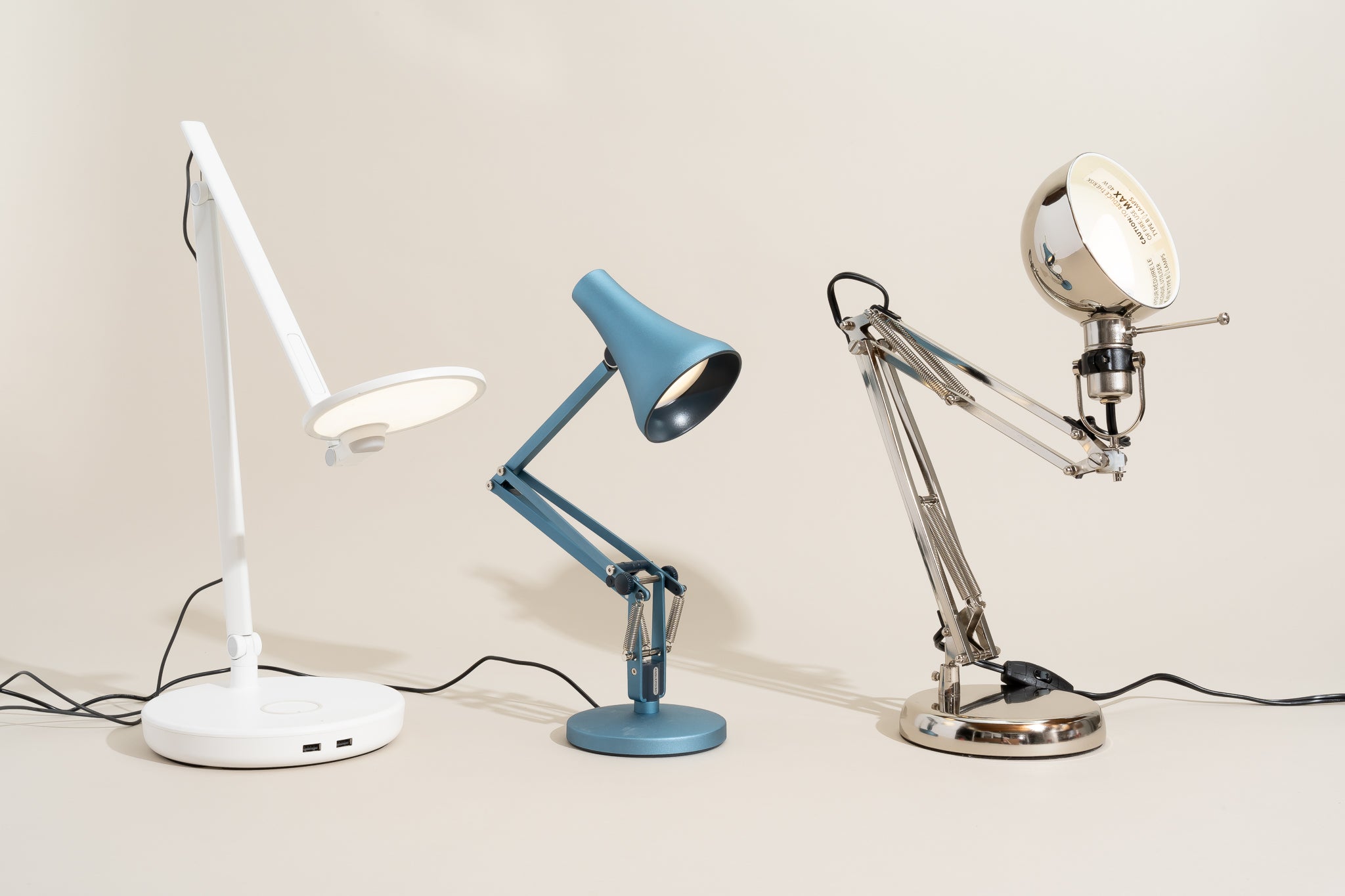
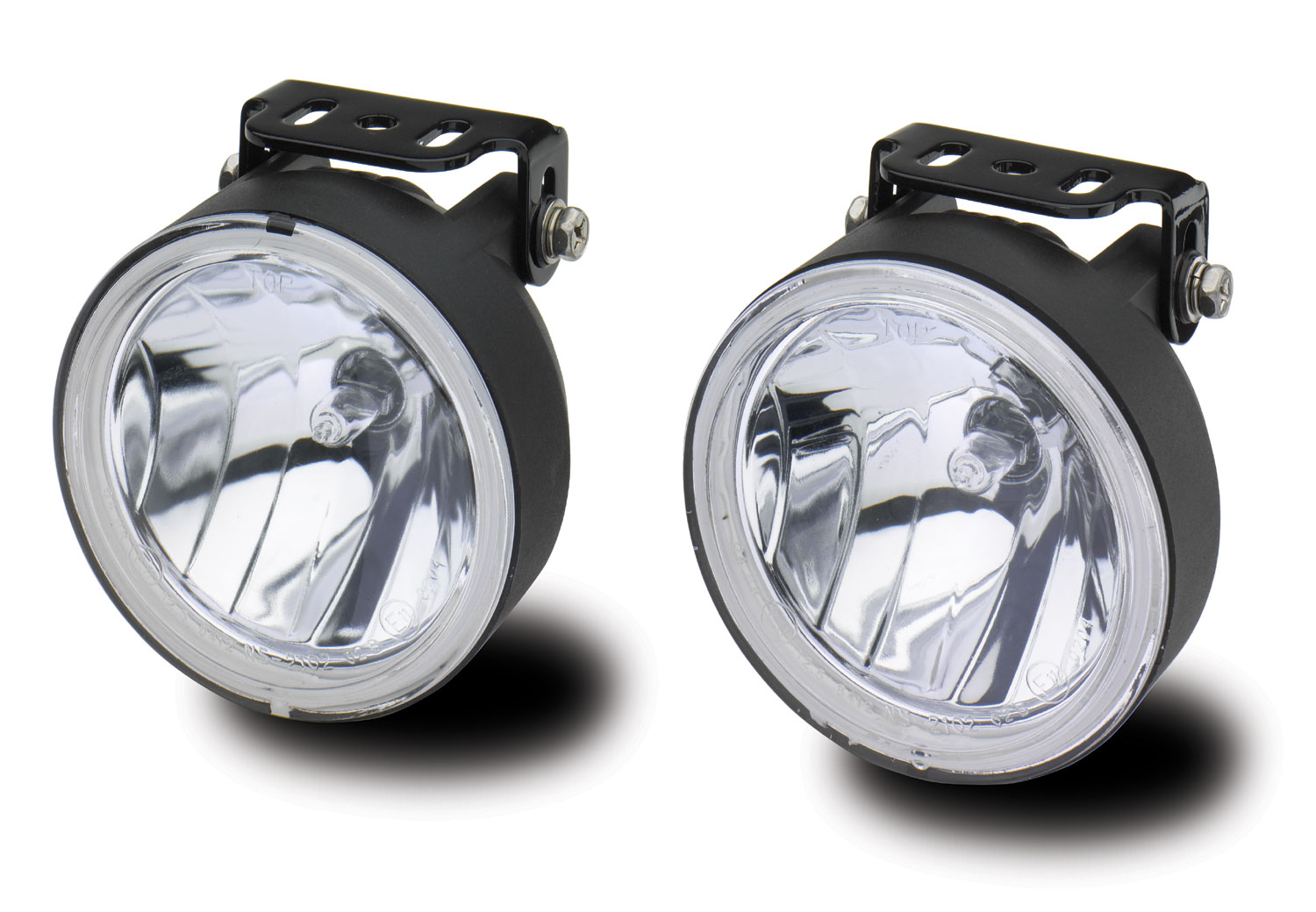
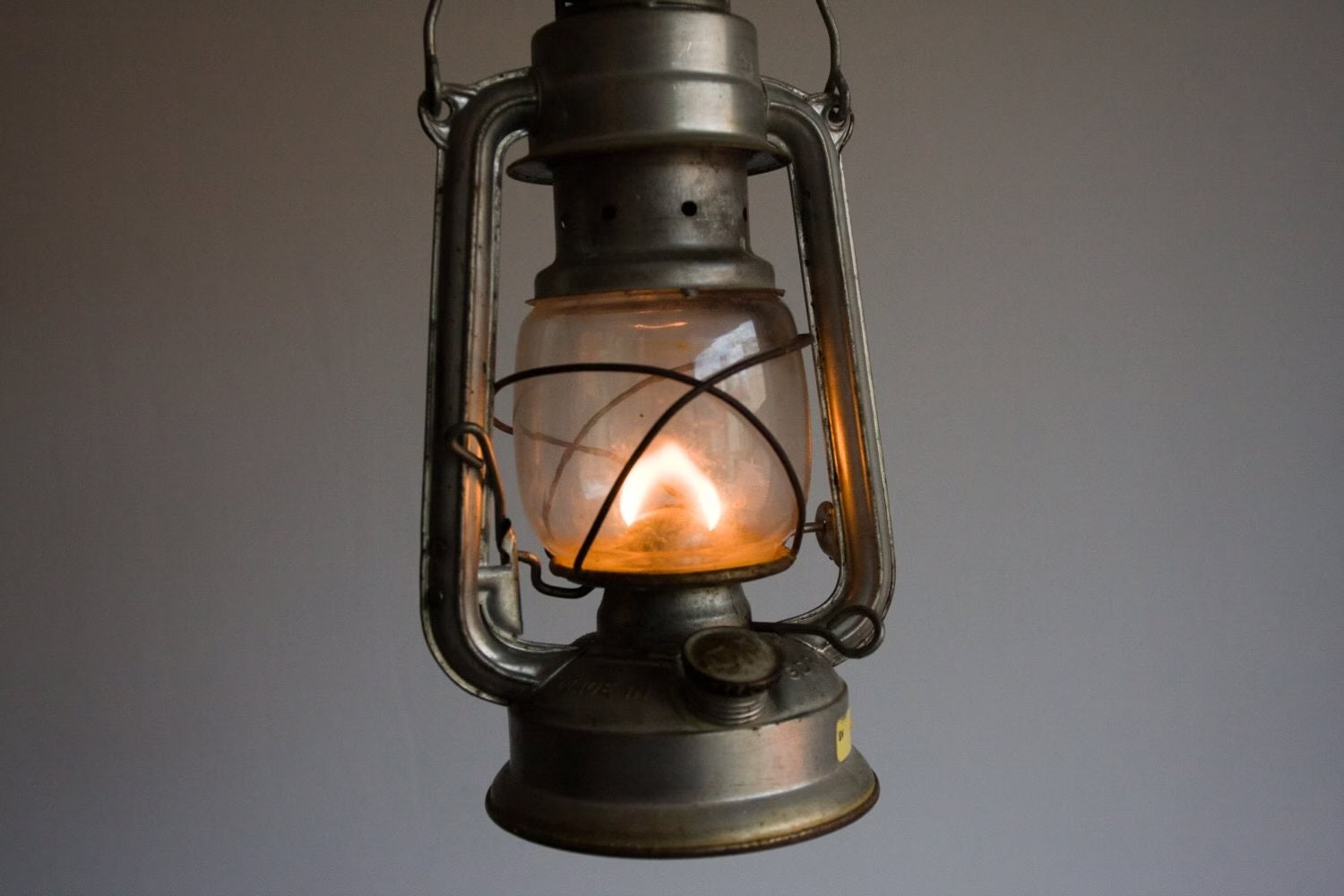
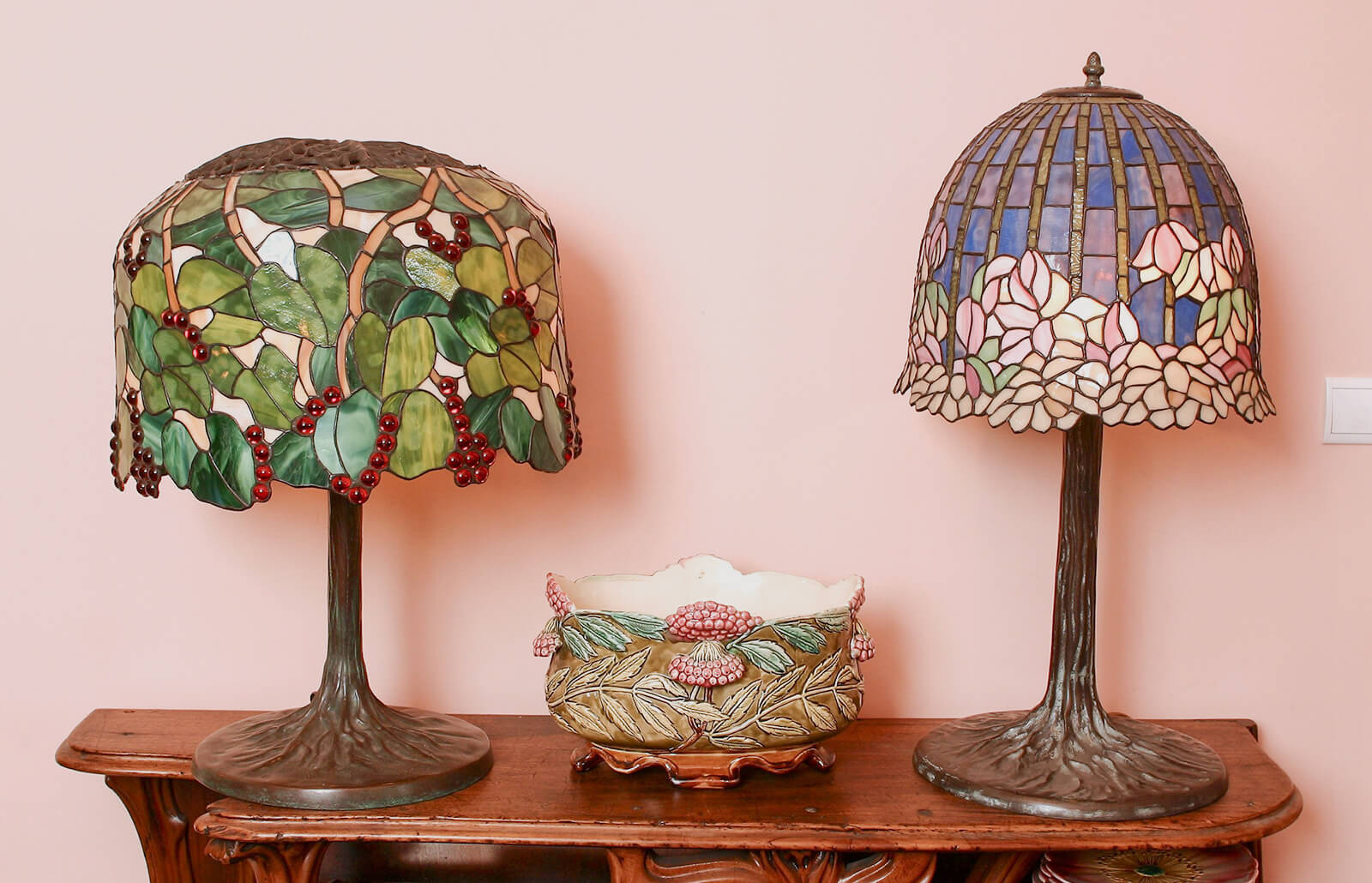

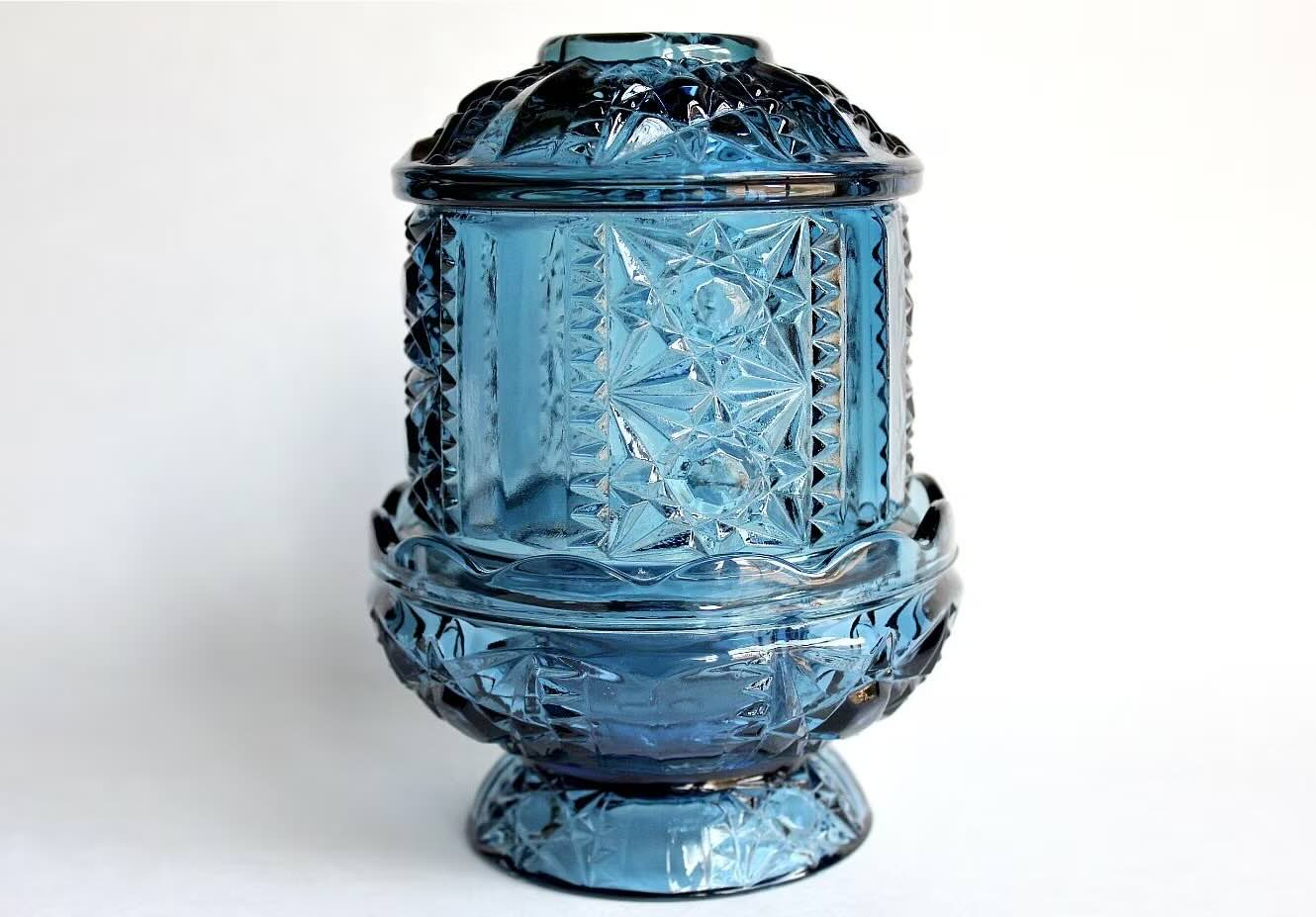
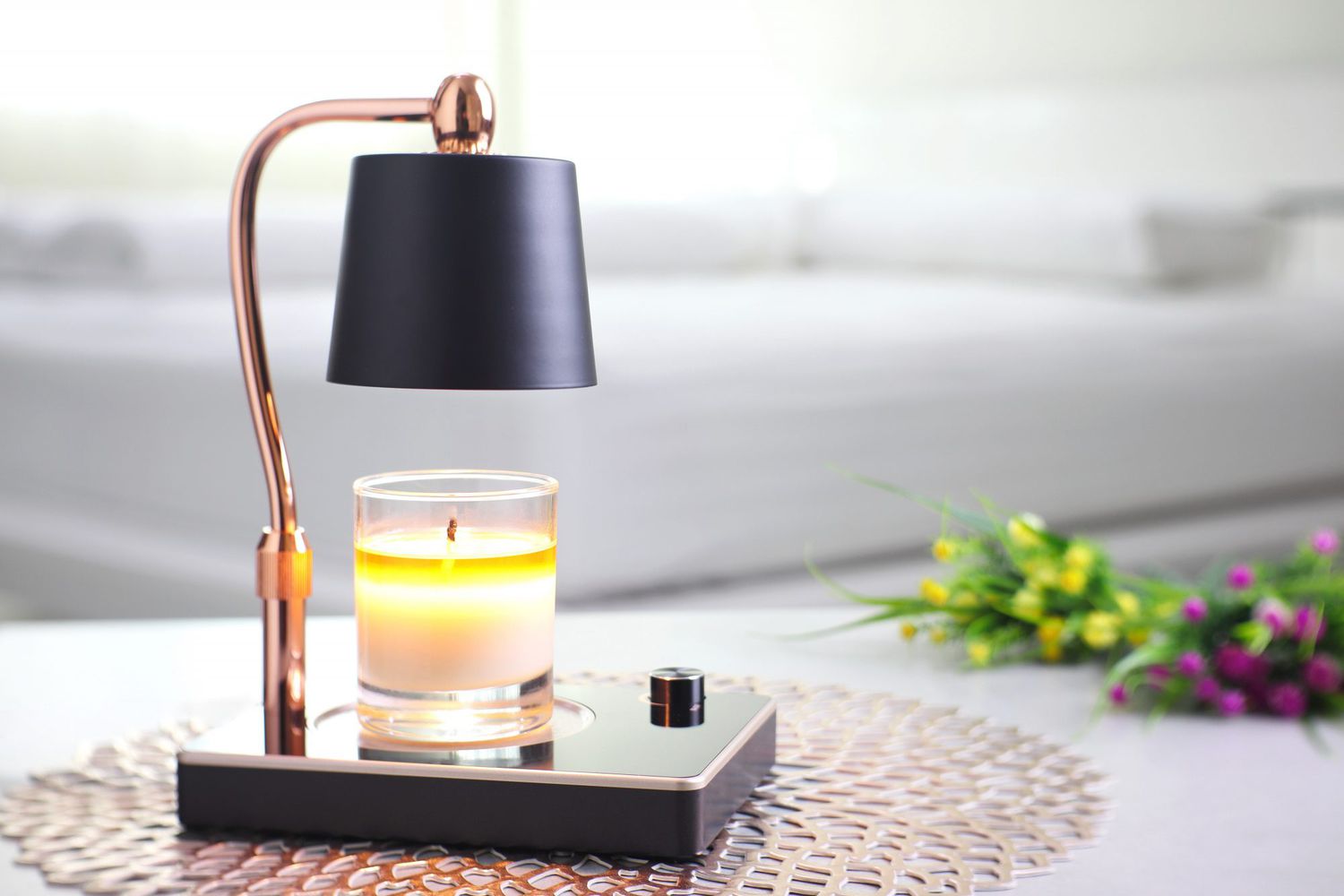

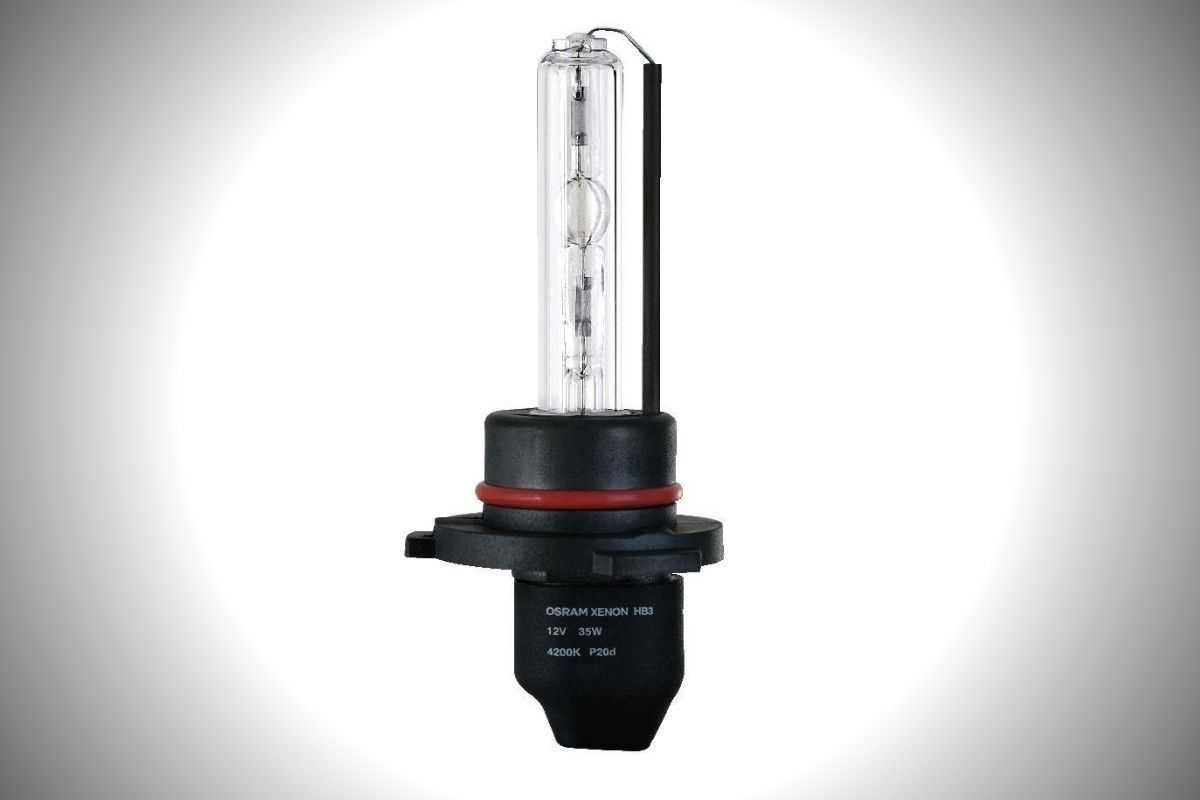
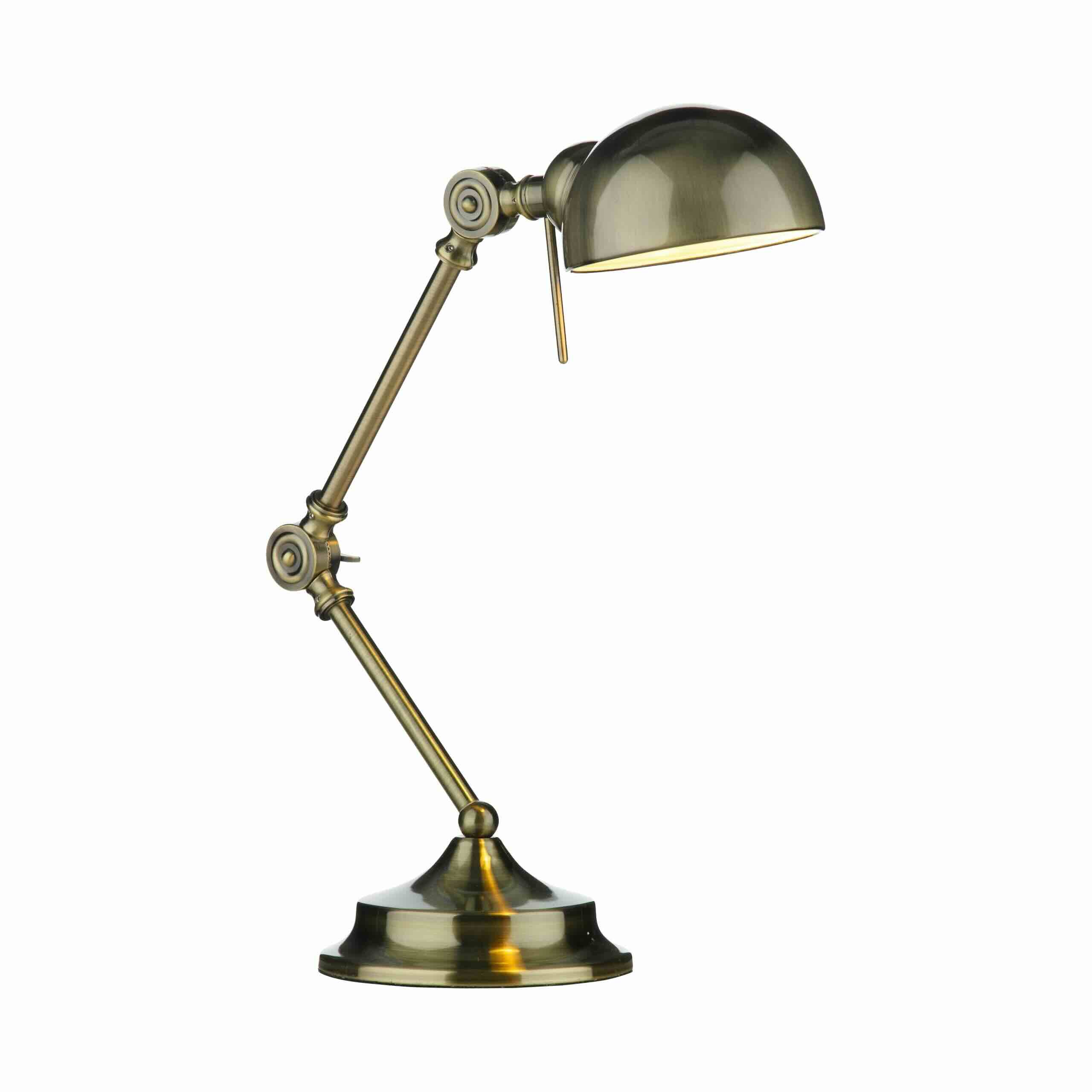
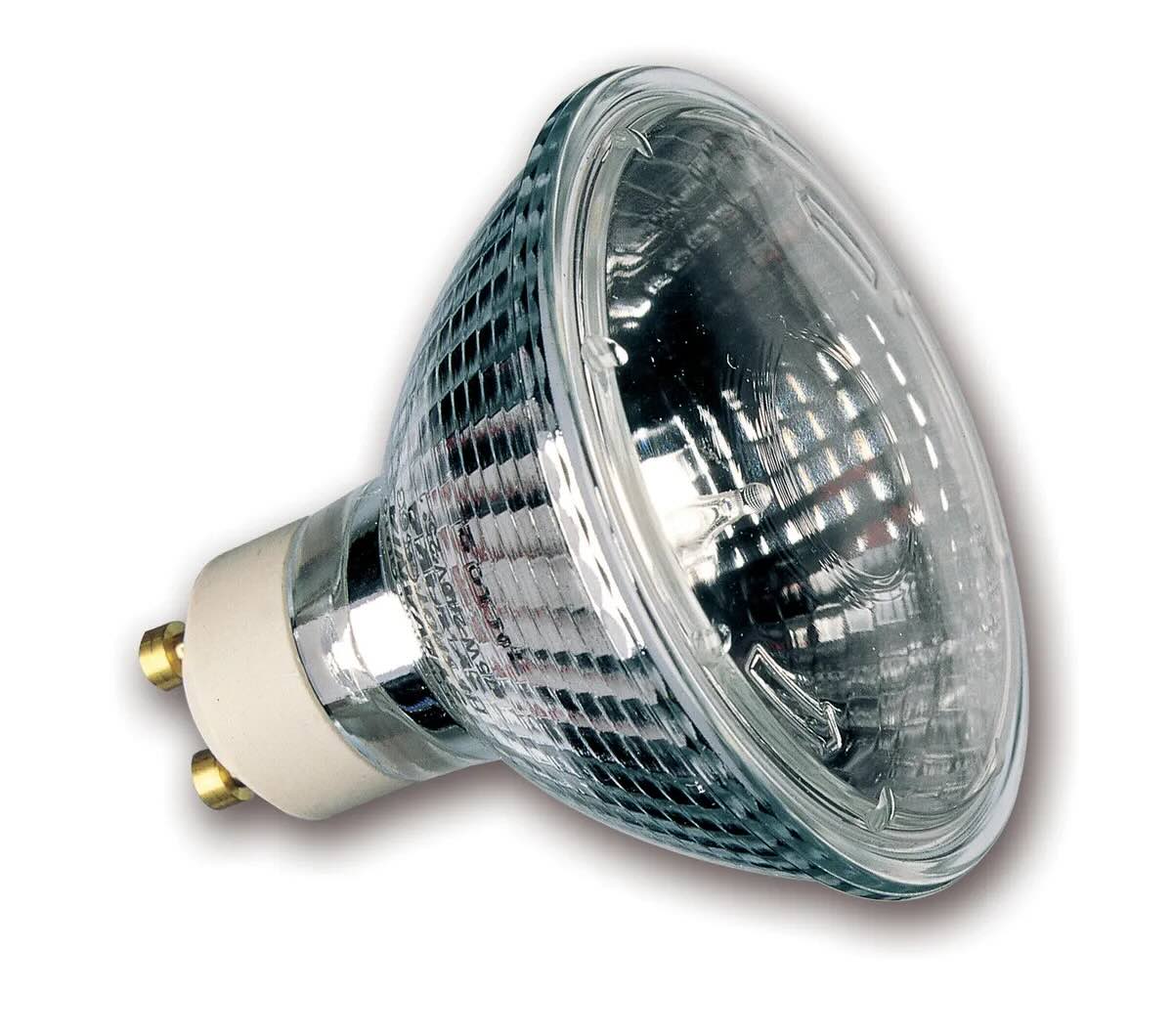
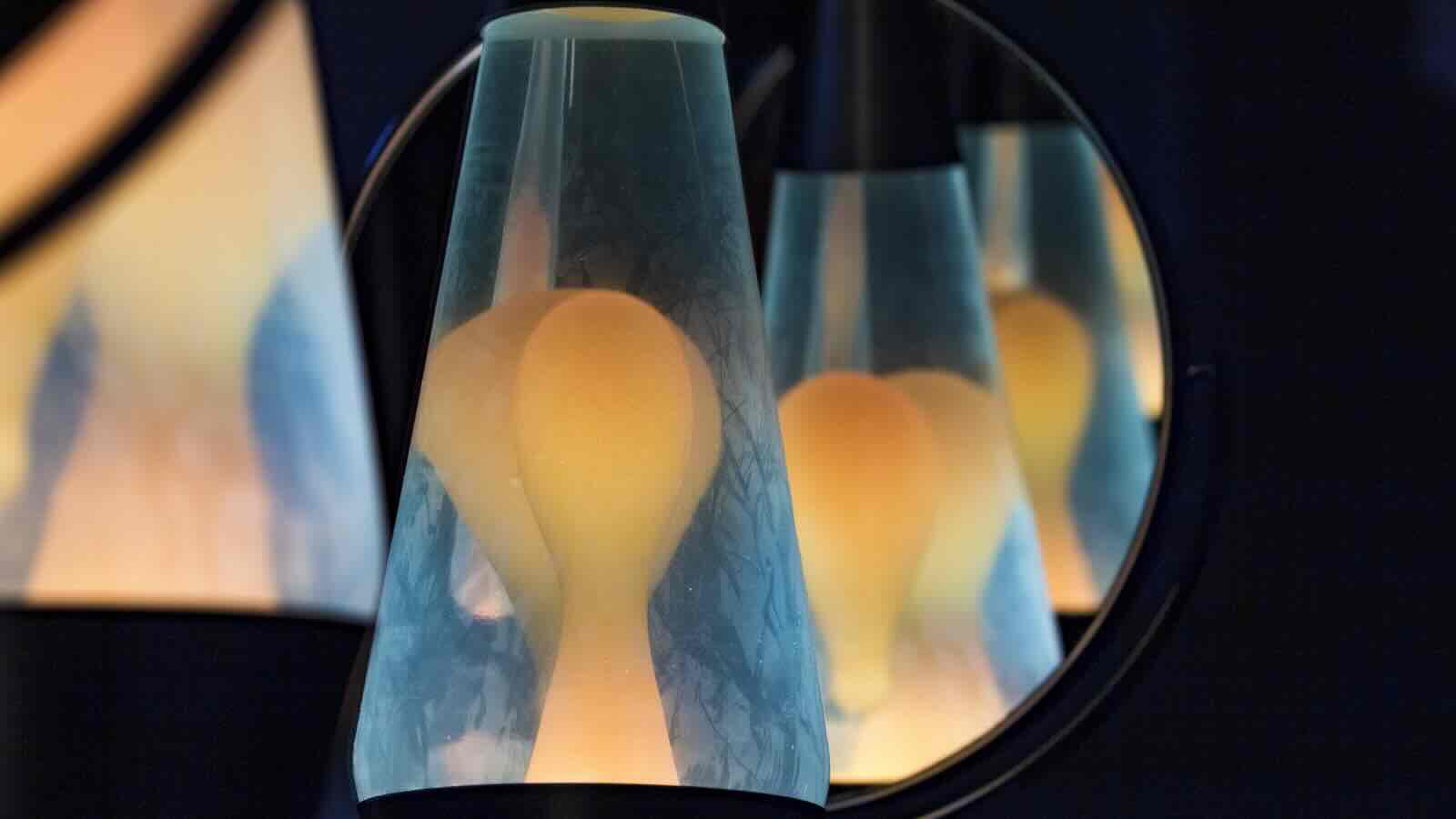

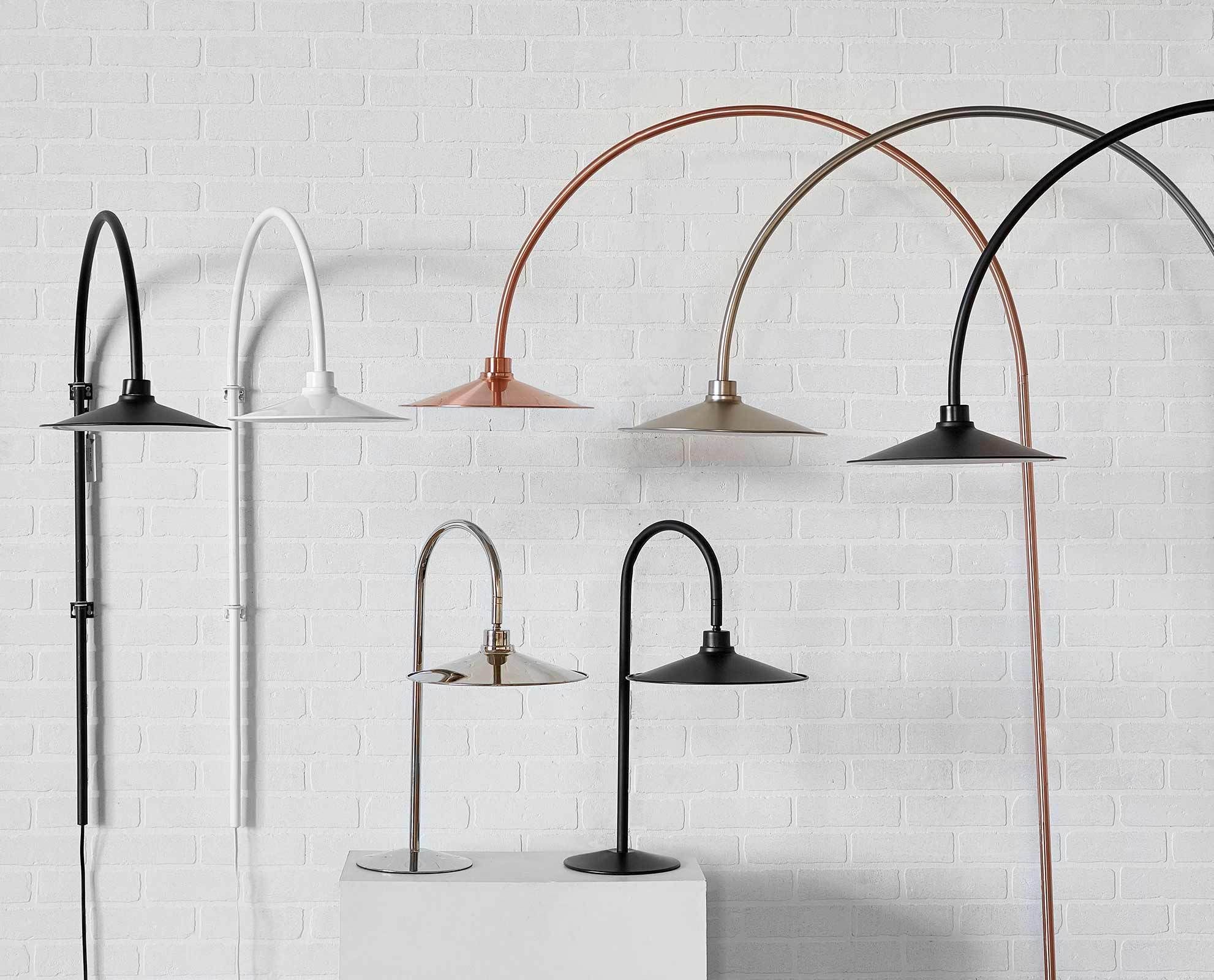

0 thoughts on “What Is A PAR Lamp”